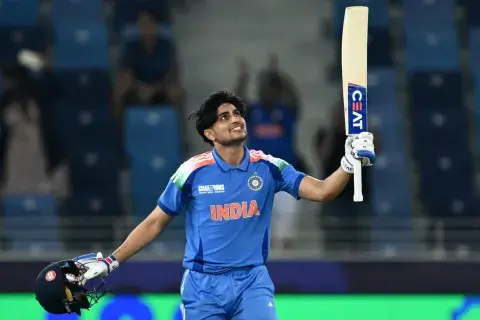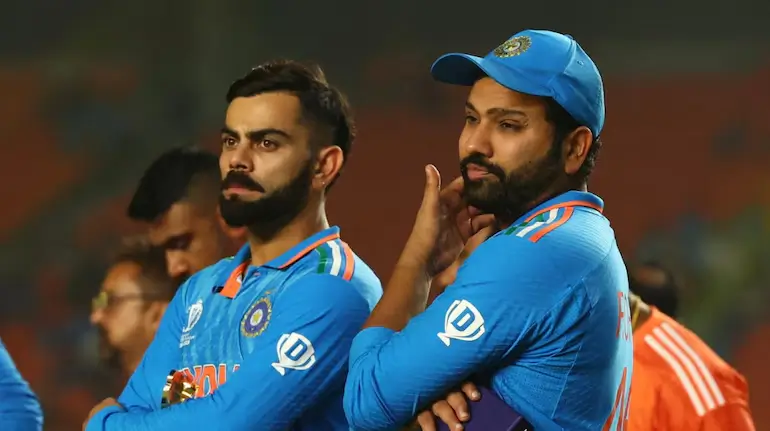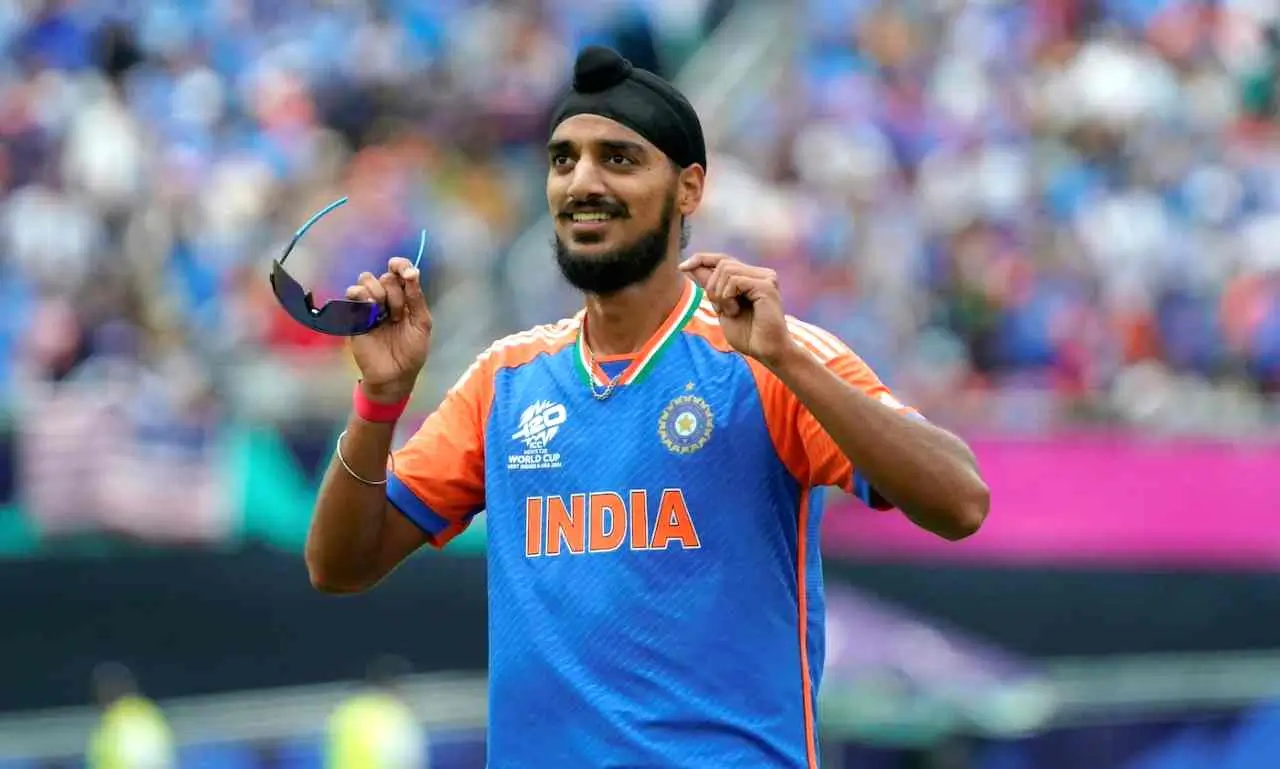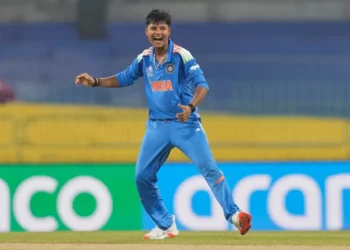India’s new ODI chapter has officially begun with Shubman Gill stepping into leadership. His appointment as captain marks a decisive transition from the Rohit-Kohli era. The selectors’ message is clear — trust youth, respect legacy, and prepare early for 2027.
Rohit Sharma and Virat Kohli return for the ODI series against Australia. Their comeback blends experience with continuity as India resets after the Champions Trophy triumph. Gill, at 26, inherits a squad full of potential and proven performers. He now leads in ODIs and T20Is, becoming the face of India’s future.
Ajit Agarkar’s panel made tactical calls — resting Jasprit Bumrah, omitting Jadeja, and recalling fresh names. The mix of senior pros and rising stars reflects long-term planning. Hardik Pandya and Pant’s recovery timelines keep flexibility alive for later stages, maybe for Bangladesh next year. The selectors want a balanced structure that evolves naturally by 2027.
India’s ODI team has entered a redefinition phase — not a rebuild from scratch. They are shaping an identity around Gill’s leadership while maintaining the RO-KO influence. The challenge now is blending youthful fire with experienced calm.
The Inheritance: Rohit and Kohli’s Era Sets India’s ODI Blueprint
When Rohit Sharma took charge in 2022, India reimagined ODI dominance. His team produced a record win ratio of 3.50, second only to Lloyd’s West Indies. Under his leadership, India reached two ICC finals and built a system of excellence. Gill now inherits that foundation — not to imitate, but to evolve it.
Rohit’s calm tactics and Kohli’s intensity defined the previous era. Their partnership at the top brought reliability and structure. The team knew how to chase under lights, absorb pressure, and recover from collapses. These attributes form the DNA of Gill’s side today.
As Kohli and Rohit return for Australia, they do so as mentors in disguise. Kohli remains one of the most efficient chasers in ODI history. Rohit still dominates power plays with precision timing. But their greater value now lies off the field — shaping mindsets, offering calm, and mentoring the next generation.
This continuity is India’s biggest strength. Few teams in cricket transition with such depth. The RO-KO influence ensures Gill begins not from zero but from a proven template of success.
The Subtle Shift in Leadership
Unlike his predecessors, Gill will have limited ODIs before 2027. India’s calendar now favors T20s and Tests, leaving gaps between 50-over games. This means Gill must fast-track his leadership growth. He must learn to manage egos, balance workloads, and build identity within fewer matches.
Rohit and Kohli’s presence makes that easier — but also more demanding. Gill must assert leadership while showing humility toward legends still active in the XI. That delicate balance will define his early captaincy phase.
Why the RO-KO Reunion Still Matters in 2025?
Bringing Rohit Sharma and Virat Kohli back isn’t about nostalgia — it’s about value. India need their stability as younger players adjust to international rhythms. Experience in 50-over cricket still matters, especially against top teams like Australia or England.
Rohit’s technique against pace and Kohli’s adaptability against spin remain unmatched. Their presence shields emerging names like Reddy and Jaiswal from early pressure. The selectors’ decision reflects strategy, not sentiment — an equilibrium between mentorship and merit.
Their recall also keeps the dressing room energy balanced. Both understand big-tournament pressure better than anyone. They can mentor players through low phases while maintaining performance standards. Their hunger remains visible — neither has shown decline in ODI numbers since 2023.
The Mentorship Effect on India’s Youth
For Gill, having two of India’s greatest ODI batters batting around him is a luxury. For players like Dhruv Jurel and Arshdeep Singh, it’s an education. Watching Rohit’s calm and Kohli’s intensity up close accelerates development. The selectors likely envision this mentorship loop lasting until 2026.
This RO-KO reunion thus symbolizes a bridge — between India’s golden ODI generation and its fearless future.
Arshdeep Singh: India’s Left-Arm Hope for the New Cycle
Among the new names, Arshdeep Singh stands out as a long-term investment. His left-arm angle gives India variation, something missing since Zaheer Khan’s prime. After consistent IPL performances, Arshdeep finally gets the chance to cement his ODI role.
Australia offers the perfect environment for him. The bounce and swing will test his control, but success here could define his next two years. With Bumrah rested, Arshdeep becomes India’s key new-ball option. Agarkar has backed him to adapt quickly to longer spells and different match tempos.
The management knows ODI bowling requires patience — something Arshdeep is still refining. His ability to bowl at both ends of innings adds flexibility. His economy rate and wicket-taking rhythm will decide if he becomes Bumrah’s partner for 2027.
Arshdeep’s growth will benefit massively from senior interaction. Rohit and Kohli’s presence in the team gives him confidence and mental direction. Mentorship from Siraj and Bumrah during practice sessions sharpens his tactical awareness. This combination of support and opportunity can transform him from prospect to mainstay.
Gill’s Challenge: Building India’s ODI Machine for 2027
Gill’s biggest test isn’t captaincy — it’s continuity. India’s ODI schedule is sparse. Between tournaments, long breaks can hurt momentum. For a new captain, such irregularity limits experimentation and identity-building. Yet Gill’s calm and analytical nature could turn this into an advantage.
The selectors have provided him a solid foundation. He has all-round options in Axar Patel, Washington Sundar, and Nitish Reddy. The spin trio of Kuldeep, Axar, and Washi brings balance in all conditions. Shreyas Iyer and KL Rahul strengthen the middle order, while the bench remains young and aggressive.
The roadmap for 2027 focuses on two things — depth and adaptability. India must prepare replacements for each senior position while grooming leaders in key roles. The goal is clear: a flexible, fearless unit that peaks in South African conditions.
Analytics and Adaptation
The new management embraces analytics more than ever. Data on strike rates, field placements, and match tempo will influence tactics. Expect Gill’s India to rotate roles — openers, finishers, or spinners — based on conditions. By 2027, this adaptability could make India the most balanced ODI unit globally.
Conclusion: India’s ODI Future Blends Legacy and Ambition
India’s ODI journey is entering a fascinating phase. Rohit and Kohli’s presence ensures continuity, while Gill’s leadership injects freshness. This transition phase mirrors the balance every great team once achieved — experience supporting youth, not blocking it.
For Rohit, the focus now shifts from captaincy to contribution. For Kohli, it’s about extending his dominance as a pure batter. For Gill, it’s about shaping India’s next decade of ODI cricket. Together, they form a trio that embodies India’s past, present, and future.
Arshdeep’s rise, Reddy’s debut, and Jurel’s entry show selectors aren’t stuck in legacy. The 2025–2027 cycle is structured, data-driven, and fearless. If India execute this roadmap right, the 2027 ODI World Cup could be the moment when Gill’s generation takes full flight.
The RO-KO era may be ending, but its spirit continues — through the calm, composed, and confident leadership of Shubman Gill.
















